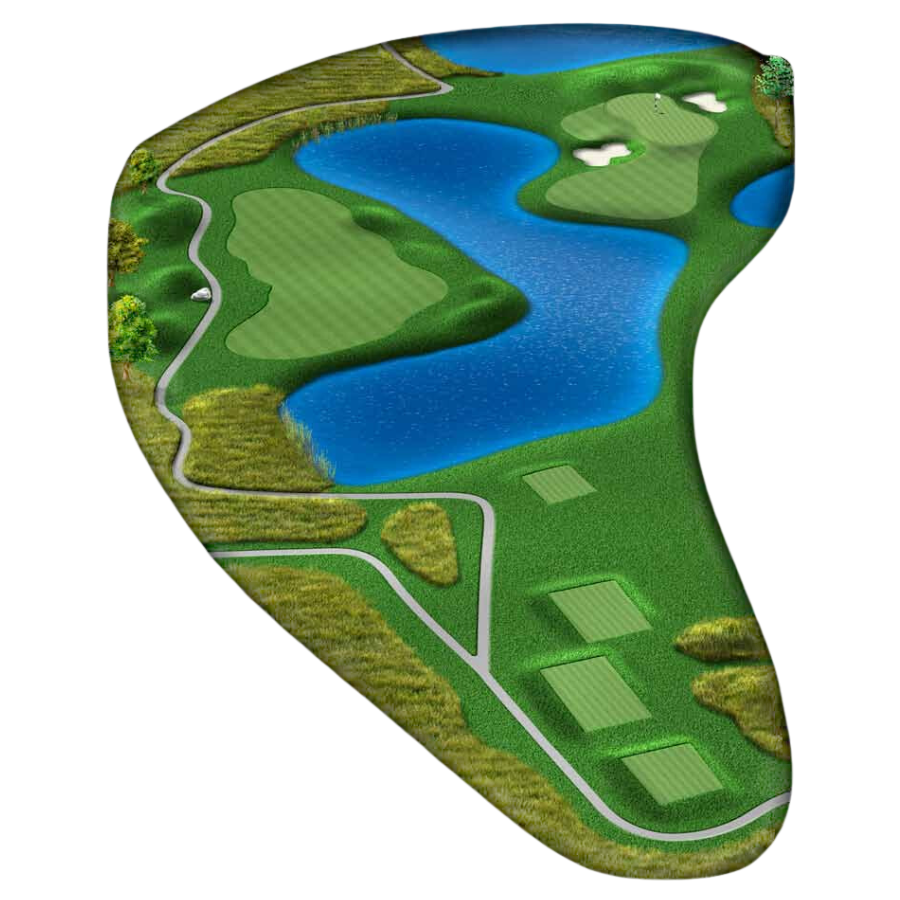HOLE
4
PAR
4
GREEN
401
BLUE
367
GOLD
333
WHITE
280
RIVER COURSE – HOLE 4
Handicap: Men’s 7 | Women’s 7
The fourth hole gives a player their first risk/reward decision of the round.
The smart play is to use a fairway metal or long iron and play to the large fairway on the left.
This route leaves you with a short iron or wedge to the green.
The player who hits straight at the green could set themselves up for an easy birdie or possibly an eagle.
However, you must be precise as this raised green is surrounded by hazards on all sides.
Typically, this hole plays into the wind so be sure to club up!

PRO TIP
Keeping the tee shot to the right center of the fairway leaves a shorter second shot, but get to close and it can bring the water into play.
The second shot plays uphill and typically into the breeze, make sure you club up!
